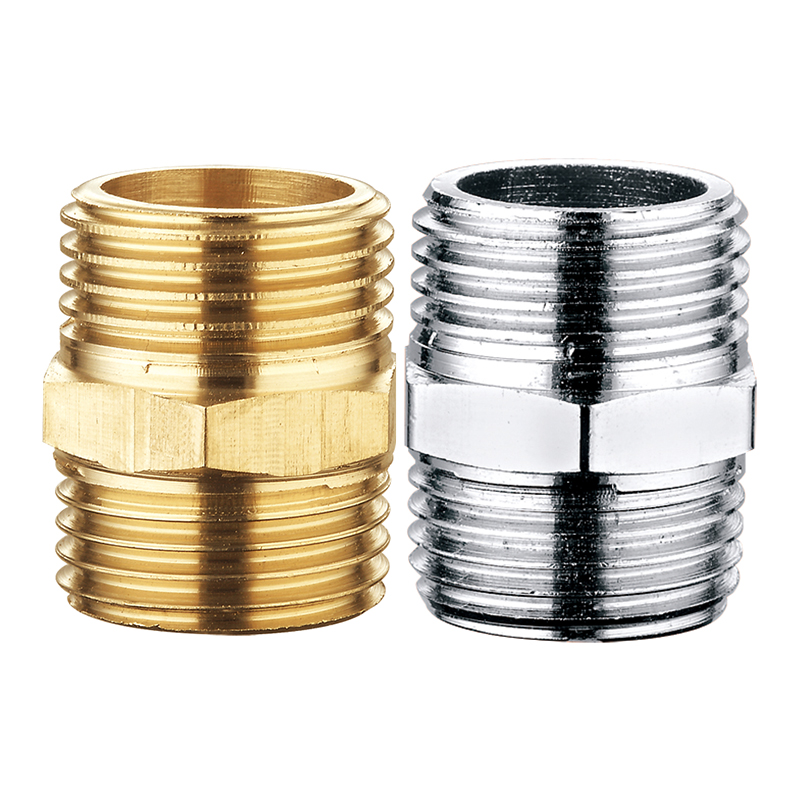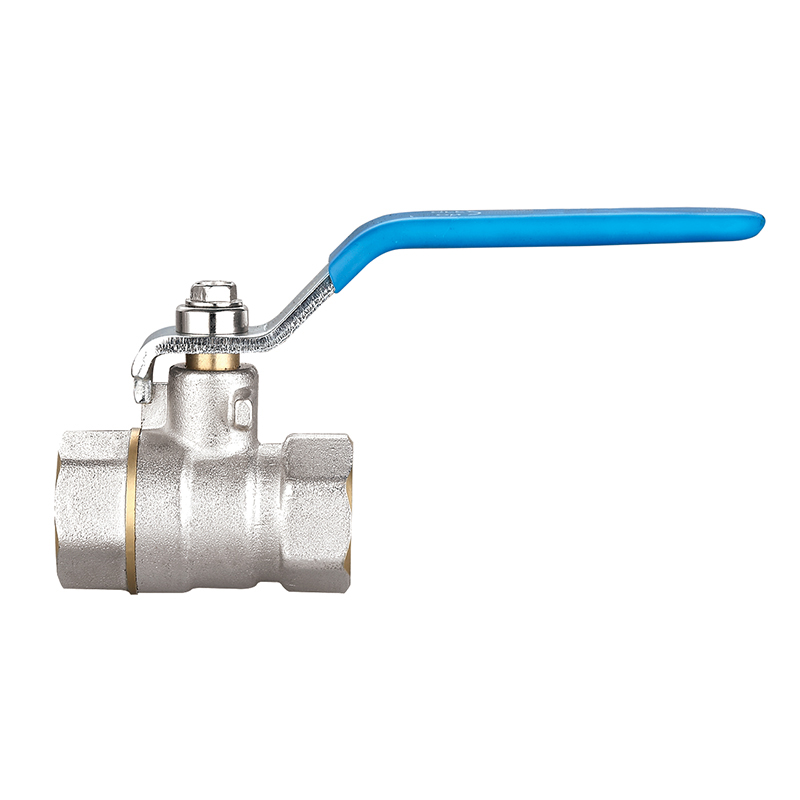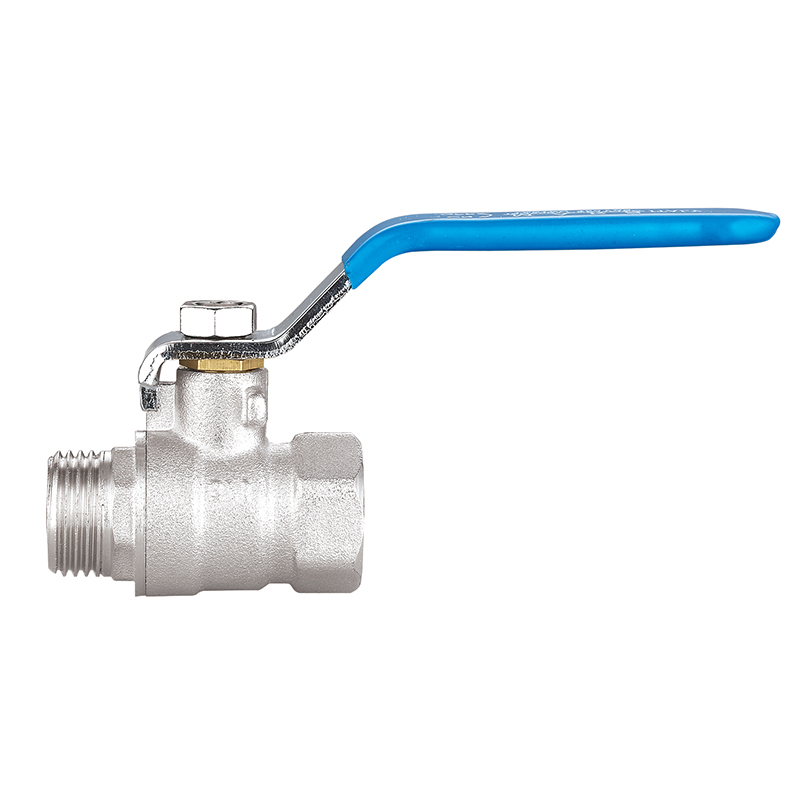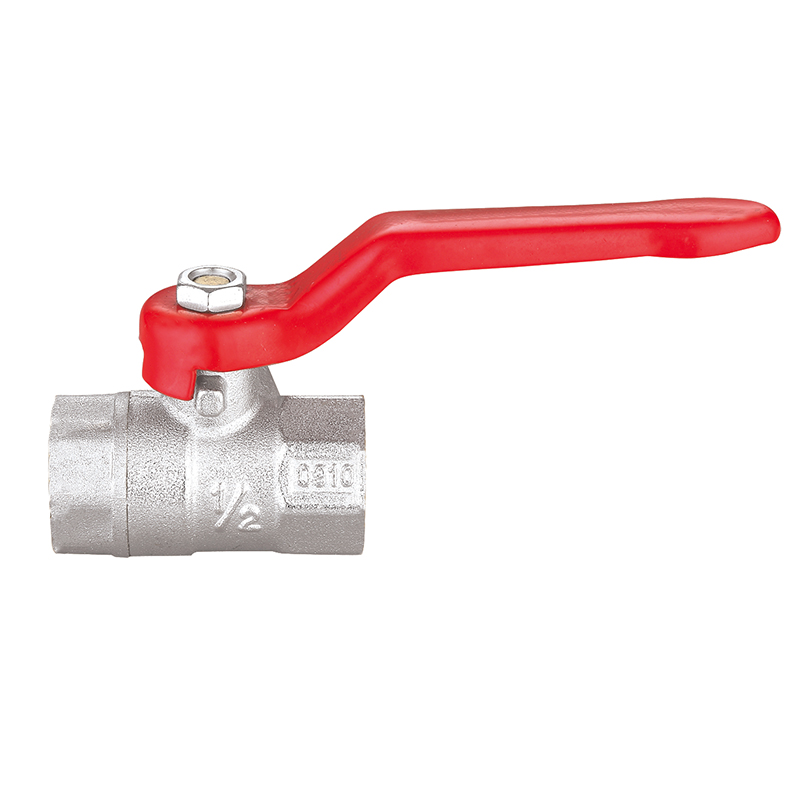Pipe Fittings: Essential Connectors for Versatile and Efficient Piping Systems
2025-07-11
Pipe fittings are fundamental elements within plumbing, heating, cooling, and industrial piping networks. Their primary role is to join sections of pipe, alter the direction of flow, regulate fluid pathways, and facilitate system expansion or termination. Without these versatile components, creating complex and functional piping systems that efficiently transport liquids, gases, or slurries would be nearly impossible.
What Are Pipe Fittings?
Pipe fittings are mechanical parts designed to connect one pipe to another or to other system components like valves, pumps, or tanks. They enable modifications in direction, diameter, and flow characteristics, allowing engineers and plumbers to design customized systems suited to unique operational requirements.
Fittings come in a wide range of shapes and sizes to meet specific needs — from simple straight couplings that extend pipe length to intricate fittings like wyes and crosses that split flow paths. Their design and material selection are critical to ensure leak-free connections, system safety, and longevity.
Common Types of Pipe Fittings
1. Elbows
Elbows change the direction of flow, typically by 45 or 90 degrees. They are essential in navigating pipes around obstacles or conforming to structural layouts. Long-radius elbows provide smoother flow transitions, reducing pressure loss and turbulence, while short-radius elbows save space in compact installations.
2. Tees
Tees allow fluid to split or merge at a junction, connecting three pipe sections in a T-shaped arrangement. They are widely used in branch lines, mixing systems, or distribution manifolds.
3. Couplings
Couplings connect two pipes in a straight line. They are used for pipe extension or repair and can be slip-on, threaded, or welded depending on the pipe material and system pressure.
4. Reducers
Reducers adjust pipe diameters to accommodate flow changes, either by stepping down or stepping up pipe size. Concentric reducers maintain the pipe centerline, while eccentric reducers offset it, preventing air pockets in horizontal pipelines.

5. Caps and Plugs
Caps close the end of a pipe externally, while plugs seal internally. These fittings are used for system termination, maintenance access, or future expansion points.
6. Unions
Unions are detachable fittings that allow easy disconnection of pipes without cutting, facilitating maintenance or equipment replacement.
7. Flanges
Flanges provide bolted connections for joining pipes, valves, or equipment. They are crucial in systems requiring periodic disassembly and are designed in various pressure classes and standards.
8. Crosses and Wyes
Crosses connect four pipes at right angles, useful in complex distribution systems. Wyes join pipes at 45 degrees to allow smoother merging or splitting of flows, commonly seen in drainage and sewer applications.
Materials Used in Pipe Fittings
The selection of material depends on the fluid type, pressure, temperature, and environmental conditions. Common materials include:
PVC and CPVC: Lightweight, corrosion-resistant plastics ideal for potable water, chemical handling, and drainage systems.
Copper: Favored for plumbing and HVAC due to thermal conductivity and antimicrobial properties.
Steel (Carbon and Stainless): Durable and high-strength materials used in industrial, oil and gas, and high-temperature applications.
Brass and Bronze: Corrosion-resistant alloys commonly used for fittings in water supply and marine environments.
Ductile Iron: Strong and flexible, typically applied in water and wastewater pipelines.
Functional Roles in Piping Systems
Pipe fittings ensure system versatility and integrity by:
Changing Flow Direction: Elbows and bends help navigate piping layouts.
Modifying Flow Capacity: Reducers adjust pipe size to match system requirements.
Branching or Merging Flows: Tees, crosses, and wyes create complex flow networks.
Connecting Components: Flanges, unions, and couplings join pipes to valves, pumps, and instruments.
Sealing and Terminating: Caps and plugs safely close off pipeline ends.
Applications Across Industries
Pipe fittings are indispensable across various sectors:
Residential Plumbing: For clean water delivery, drainage, and heating systems.
Industrial Process Piping: In chemical plants, refineries, and manufacturing facilities.
Oil and Gas: Connecting pipelines, rigs, and processing equipment under high pressure.
HVAC Systems: For air, water, and refrigerant distribution.
Municipal Water and Wastewater: Delivering and treating potable water and sewage.
Fire Protection Systems: Ensuring reliable water flow through sprinkler networks.
Whether you want to become our partner or need our professional guidance or support in product selections and problem solutions, our experts are always ready to help within 12 hours globally.




 русский
русский Español
Español عربى
عربى





